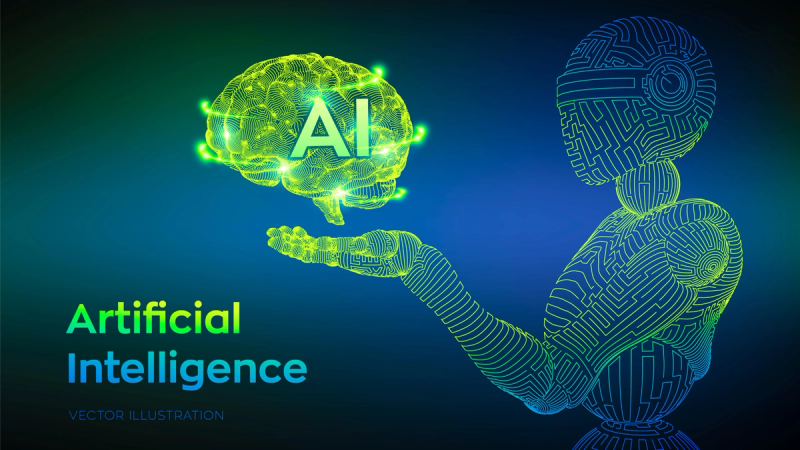The Future of AI in Cybersecurity: Opportunities and Risks
DDenis Jackson
October 1, 2025

Artificial Intelligence (AI) is no longer a futuristic concept in cybersecurity—it’s here, reshaping how organizations defend their digital assets. From predictive analytics to automated threat detection, AI-driven systems are revolutionizing the way we identify, analyze, and respond to cyberattacks. Yet, with great potential comes equally significant risk.
1. How AI is Strengthening Cybersecurity
- Real-Time Threat Detection: Machine learning algorithms analyze massive data streams, identifying anomalies faster than human teams.
- Predictive Capabilities: AI models can forecast potential attack patterns, allowing proactive defense strategies.
- Automated Response: Security orchestration platforms use AI to respond instantly, reducing human error and cutting down reaction time.
- Advanced Fraud Prevention: AI can recognize unusual transaction behavior, protecting businesses from financial fraud.
2. The Dark Side: AI as a Weapon for Hackers
- AI-Generated Phishing Attacks: Personalized phishing emails crafted by AI are harder to detect.
- Deepfakes in Social Engineering: AI can clone voices and faces, enabling convincing impersonation scams.
- Adaptive Malware: Malicious code that evolves when detected, learning how to bypass firewalls and antivirus systems.
- Automated Exploits: Attackers can use AI to scan for vulnerabilities at scale, weaponizing zero-days faster.
3. Opportunities for Businesses
- Cost Reduction: AI can reduce reliance on large SOC teams by automating repetitive tasks.
- Scalability: AI security tools can handle vast enterprise networks with minimal manual intervention.
- Enhanced Decision Making: AI-powered dashboards provide executives with actionable intelligence, aligning cyber defense with business goals.
4. Risks and Ethical Concerns
- Bias in Algorithms: Poorly trained AI may overlook certain threats or wrongly flag legitimate activity.
- Data Privacy Issues: AI requires massive amounts of data, raising questions about user privacy.
- Over-Reliance on Automation: Blind trust in AI could leave gaps if systems are manipulated or fail.
5. How Organizations Should Prepare
- Adopt Responsible AI: Ensure transparency, accountability, and explainability in AI systems.
- Layered Security: Combine AI with human expertise rather than replacing analysts entirely.
- AI vs. AI Defense: Prepare for AI-powered attacks with equally adaptive AI defense models.
- Continuous Training: Regularly update AI models to recognize evolving threats.
At DentiSystems, developing AI-enhanced cybersecurity solutions designed to provide organizations with intelligent, adaptive defense mechanisms while maintaining ethical and transparent practices. The goal is not only to fight cybercrime but to future-proof businesses against the ever-changing threat landscape.